What is a Cover Letter and Why Do You Need One
A cover letter is a crucial document that accompanies your resume when you apply for a job. It serves as an introduction, allowing you to highlight your skills, experience, and personality in a way that a resume alone cannot. Think of it as your first impression, your chance to make a compelling case for why you’re the perfect candidate for the role. It provides an opportunity to expand on the information in your resume and tailor your application to the specific job and company. In today’s competitive job market, a well-crafted cover letter can significantly increase your chances of landing an interview. It’s your opportunity to shine, showcase your enthusiasm, and demonstrate your understanding of the role and the company’s needs. Many employers see cover letters as mandatory, so not including one could immediately disqualify you.
Cover Letter vs Resume
While both are essential parts of your job application, they serve different purposes. A resume provides a concise summary of your work history, skills, and education. It’s a factual document that presents your qualifications in a structured format. A cover letter, on the other hand, is a more narrative document. It allows you to elaborate on your qualifications, explain why you’re interested in the specific job and company, and demonstrate how your skills align with their requirements. The resume focuses on what you’ve done, while the cover letter focuses on why you’re the right fit. The cover letter is your chance to tell your story, showcase your personality, and make a personal connection with the hiring manager. Both documents work together to present a complete picture of you as a potential employee.
Key Components of a Cover Letter
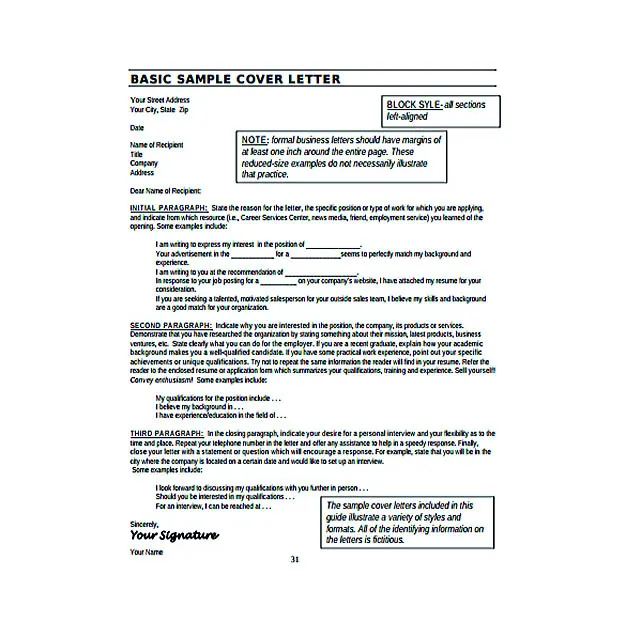
A well-structured cover letter consists of several key components. Each section plays a vital role in conveying your qualifications and enthusiasm. Understanding these elements will help you create a cover letter that effectively communicates your value to potential employers and helps you stand out from other applicants. Ensure that each component is thoughtfully crafted to create a cohesive and persuasive message. This will increase the likelihood of securing an interview and progressing in the hiring process. By carefully including each section, you ensure your cover letter is complete and ready to use.
Your Contact Information
Begin your cover letter with your contact information. Include your full name, phone number, email address, and LinkedIn profile URL (optional). This ensures the hiring manager can easily reach you if they’re interested in your application. Make sure your contact information is accurate and up-to-date. Using a professional-sounding email address is crucial. This section should be placed at the top of your cover letter, usually left-aligned. The formatting should be consistent with the rest of your document, such as font and size. Double-check for any errors to ensure the information is easily accessible and correct.
The Date
Below your contact information, include the date you’re writing the letter. This helps the recipient understand when the letter was composed. The date is typically placed on the same line as your address, usually on the right side of the page. Use a standard format (e.g., Month Day, Year). The date provides context for the application and shows the letter’s timeliness. Make sure to update this each time you submit a cover letter. The date is essential for tracking when you applied for the job and it shows the hiring manager that the document is current.
The Recipient’s Information
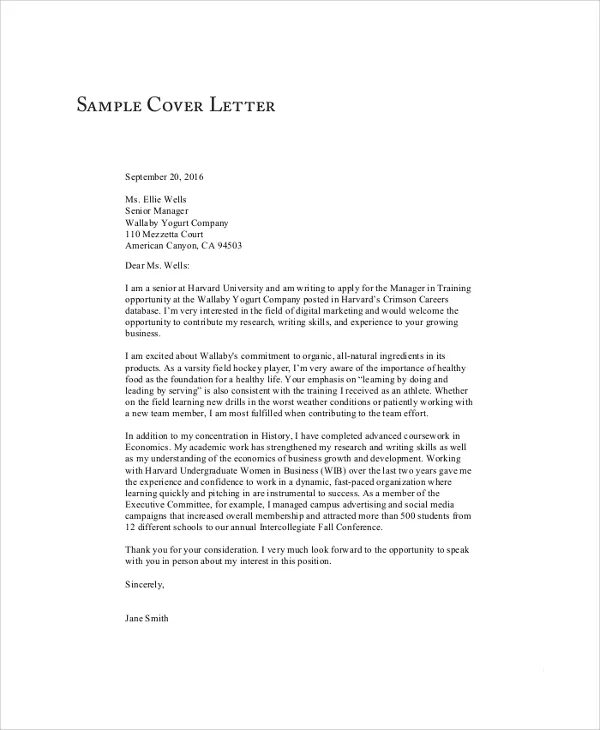
This section includes the hiring manager’s name (if known), their title, the company’s name, and the company’s address. This demonstrates that you’ve researched the company and are addressing the letter to the appropriate person. Try to find the name of the hiring manager; it makes your letter more personal. If you can’t find a specific name, use a general greeting like “Hiring Manager” or “Recruiting Team.” Accuracy is critical, so double-check all details. Correct recipient information also increases the chance of the hiring manager taking the time to consider your application. Address the recipient to show that you are genuinely interested in the role.
The Salutation
Start your cover letter with a professional salutation. If you know the hiring manager’s name, use “Dear Mr./Ms./Mx. [Last Name]”. If not, use a more general greeting like “Dear Hiring Manager” or “Dear [Company Name] Recruiting Team.” Avoid generic salutations like “To Whom It May Concern,” as they can make your letter seem impersonal. The salutation sets the tone for the rest of your letter, so choose an appropriate and professional greeting. A personalized salutation will help catch the hiring manager’s attention. Personalizing the greeting shows you have put effort into researching and preparing your application, which is always a plus.
Body Paragraphs
The body paragraphs are the heart of your cover letter. They allow you to elaborate on your skills and experience, express your enthusiasm for the role, and explain why you’re a good fit for the company. These paragraphs should be well-structured, concise, and tailored to the specific job description. Use strong action verbs and provide concrete examples to demonstrate your accomplishments. The body paragraphs should convince the hiring manager that you possess the skills and experience needed for the job. This is where you can stand out from other applicants by showcasing your unique qualities and experiences.
The Introduction Grab Their Attention
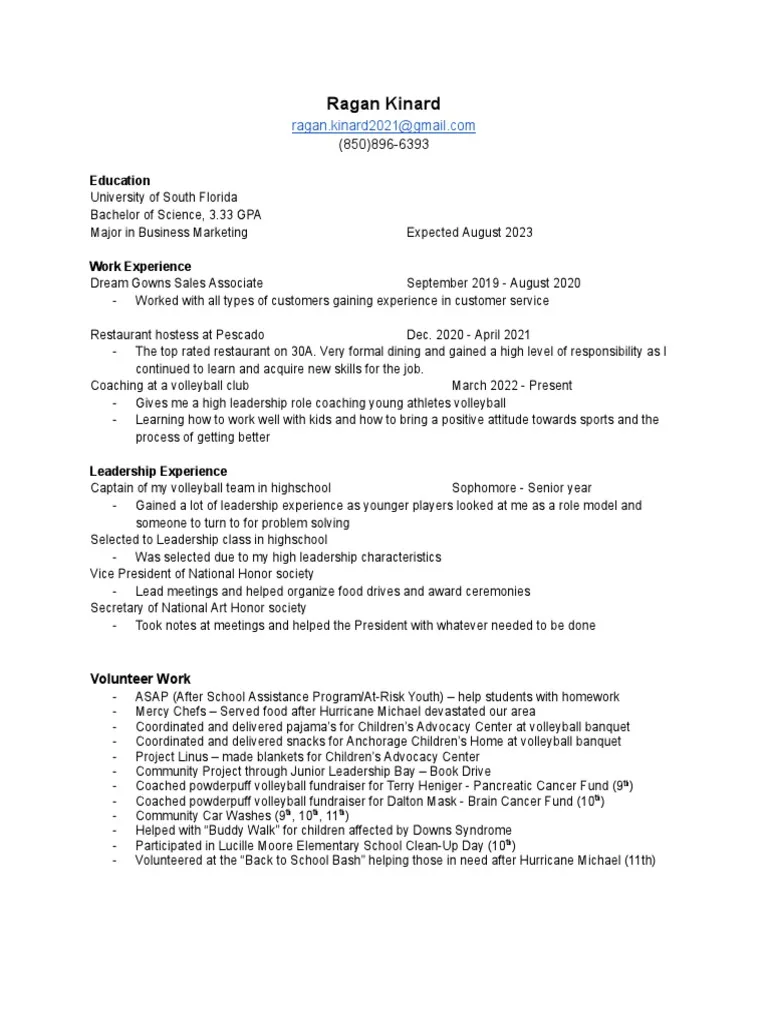
The introduction is your first chance to grab the reader’s attention. State the position you’re applying for and where you found the job posting. Briefly mention why you’re interested in the role and the company. Start with a strong opening statement that highlights your relevant skills or experience. The goal is to make the hiring manager want to read the rest of your letter. Consider using a compelling anecdote or a brief summary of your key qualifications. A strong introduction sets the tone for the entire letter and encourages the reader to continue. Make sure the introduction is concise, engaging, and directly relevant to the job you’re applying for. Show them that you are interested in the specific role.
Highlight Your Skills and Experience
In the body of your letter, highlight the skills and experiences that make you a strong candidate. Use specific examples to demonstrate your accomplishments and how they align with the job requirements. Refer back to the job description and tailor your letter to match the key requirements. Quantify your achievements whenever possible (e.g., “Increased sales by 20%”). Focus on the skills and experiences most relevant to the position. Show the hiring manager how you’ve used your skills to achieve results in past roles. Highlight transferable skills, and use action verbs that are impactful, and show how you solve problems. The goal is to demonstrate your value and illustrate why you are the best candidate for the role.
Express Your Enthusiasm
Throughout your cover letter, express your genuine enthusiasm for the role and the company. Explain why you’re excited about the opportunity and what attracts you to the organization. Show that you’ve researched the company and understand its mission and values. Mention specific aspects of the job or the company that appeal to you. Demonstrating your enthusiasm helps create a positive impression and shows you’re genuinely interested in joining the team. Your enthusiasm can make you more memorable and increase the likelihood of an interview. Enthusiasm is contagious and can make you a more attractive candidate.
The Closing Paragraph
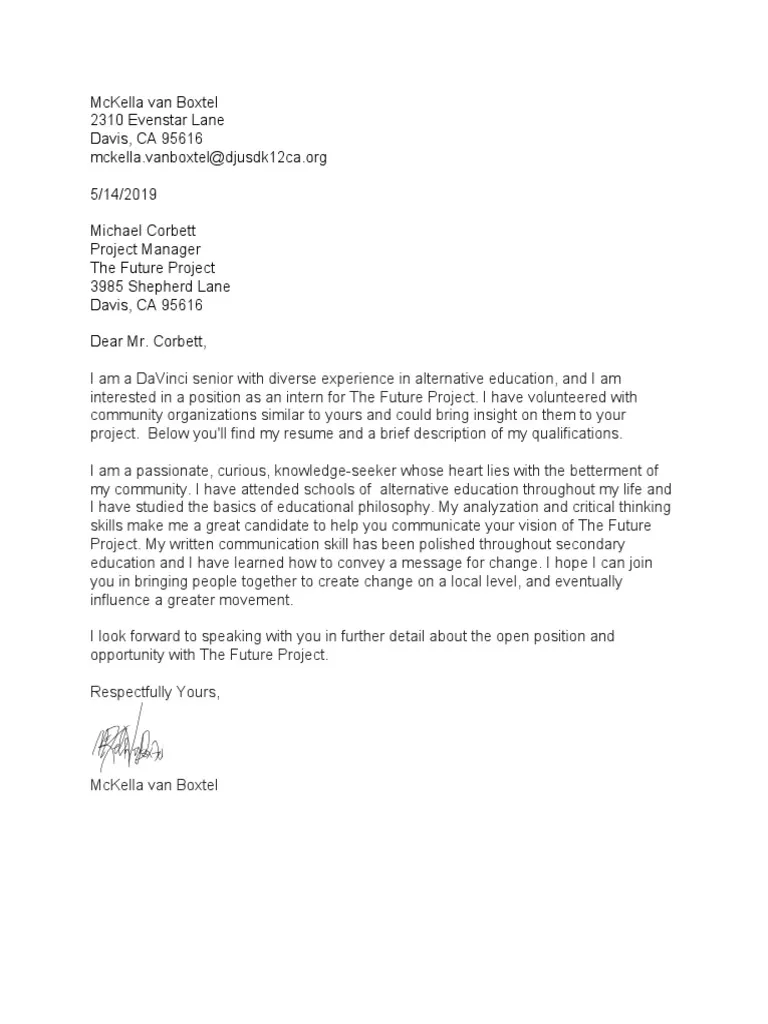
The closing paragraph should summarize your interest in the position and reiterate your qualifications. Thank the hiring manager for their time and consideration. Express your eagerness to hear back from them. Always end with a call to action, such as expressing your availability for an interview. The closing paragraph is your final opportunity to leave a positive impression. Keep it brief and professional. A strong closing paragraph will leave the hiring manager with a positive final impression. Ensure the closing paragraph reinforces the value you bring to the role.
The Complimentary Close
End your cover letter with a professional complimentary close, such as “Sincerely,” “Best regards,” or “Respectfully.” The choice of closing depends on the level of formality you want to convey. Ensure your closing is consistent with the tone of your letter. Select a closing that is appropriate for the specific company and the job. The complimentary close is a small but important detail in the closing paragraph. It reinforces the professional tone of your application and signals the end of the letter. Choose a closing that aligns with your overall writing style, to appear authentic.
Your Signature
Leave space for your handwritten signature if you’re printing the cover letter. If you’re sending it electronically, you can simply type your full name. The signature adds a personal touch and completes the formal structure of the letter. Ensure your typed name matches the name on your resume and other application materials. A professional signature demonstrates attention to detail. When printing, sign in blue or black ink, to give the impression you are serious about the application.
Formatting Your Cover Letter
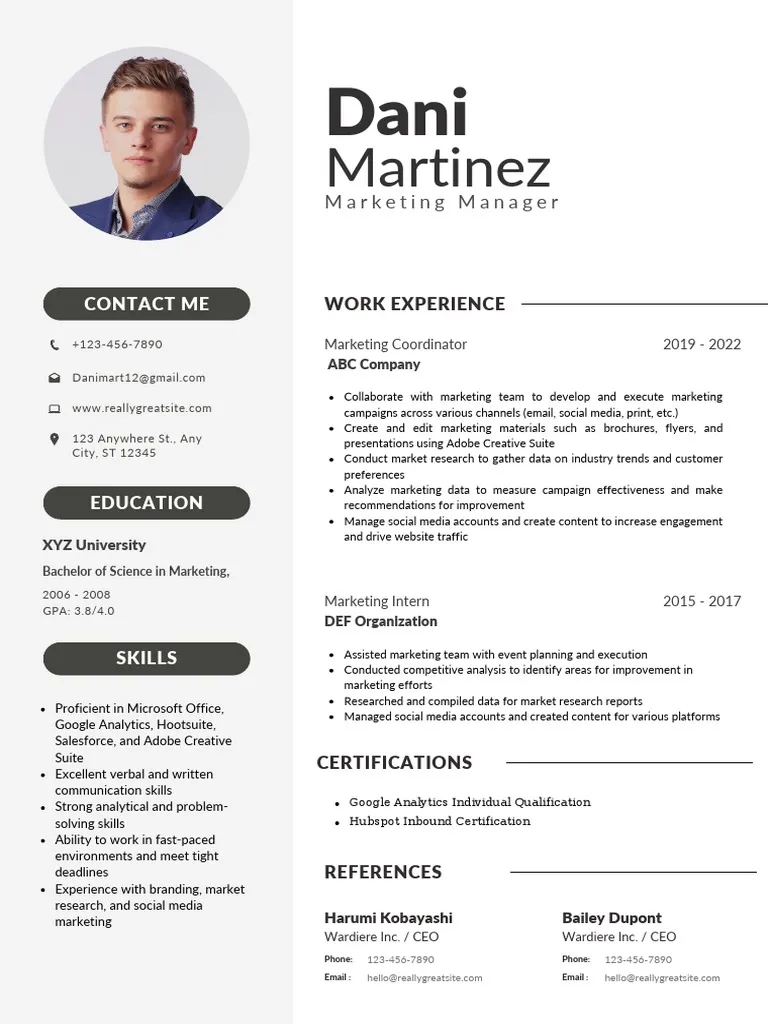
Proper formatting is crucial for making your cover letter easy to read and visually appealing. A well-formatted cover letter shows that you pay attention to detail and are professional. Formatting includes choosing the right font, spacing, and file format. Formatting ensures your cover letter is clean, easy to read, and professional. Consistent formatting enhances readability and creates a positive first impression. Proper formatting demonstrates your attention to detail and commitment to presenting yourself professionally. This section gives some tips to get it right!
Font and Font Size
Choose a professional and easy-to-read font, such as Times New Roman, Arial, or Calibri. Use a font size between 10 and 12 points. Ensure the font is consistent throughout the entire document. Avoid using overly decorative or unusual fonts. Using a clear and readable font ensures the hiring manager can easily read your letter. Choose a font that looks professional and is easy on the eyes. The right font choice is critical, to ensure readability, which makes your letter more accessible.
Margins and Spacing
Set your margins to 1 inch on all sides. Use single spacing for the body of your letter and double spacing between paragraphs. This will make your letter appear clean and organized. Consistent margins and spacing enhance readability. Properly formatted margins and spacing make your letter more visually appealing. Maintain consistent spacing to make the letter easier to read and more professional in appearance. This also creates a clear layout.
File Format PDF
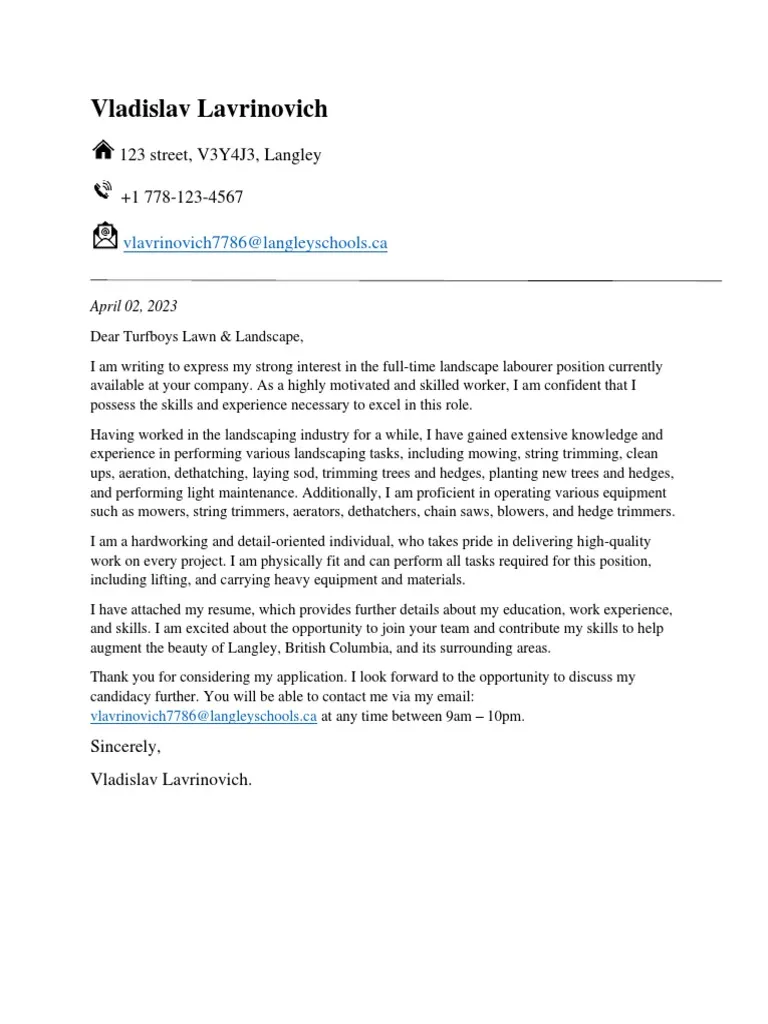
Save your cover letter as a PDF file. This ensures that your formatting remains consistent across different devices and operating systems. PDFs are universally compatible and prevent formatting issues. It also ensures your letter is not easily altered. When the format is PDF, it ensures that your cover letter looks exactly as you intended. This is important for all applications. It maintains the layout, so that the presentation is maintained.
Cover Letter Examples
Reviewing cover letter examples can give you a better understanding of how to structure and write your own. Examples provide inspiration and guidance, especially if you’re unsure where to start. Use these samples as a template. However, remember to tailor each cover letter to your unique experiences and the specific job you’re applying for. Always personalize examples to match your skills and the job description. Finding cover letter samples that are related to your industry, will allow you to see how to approach the job application. Using these samples will allow you to improve your application to the roles you want.
Example for a Specific Job
When applying for a specific job, your cover letter should be highly targeted. Start by addressing the hiring manager by name, if possible. In your introduction, state the position you’re applying for and where you saw the job posting. In the body paragraphs, highlight the skills and experience that directly match the job requirements. Use keywords from the job description and provide examples of your accomplishments. Demonstrate how your skills and experience align with the company’s needs. Tailor your cover letter to the specific requirements of the job posting to show you have a great understanding of what is needed.
Example for a General Application
If you’re sending a general application, you may not have a specific job in mind. In this case, you should research the company and tailor your letter to their industry and culture. In your introduction, express your interest in working for the company. Highlight your transferable skills and explain how you can contribute to the company’s success. Mention what aspects of the company appeal to you and why you want to work there. Provide a summary of your skills and experience that align with the company’s goals. This kind of letter requires more general information and should show your skills are broad enough for the job.
Common Cover Letter Mistakes to Avoid
Avoiding common mistakes can significantly improve the quality of your cover letter. These errors can undermine your application and decrease your chances of getting an interview. Careful attention to detail and thorough proofreading are essential. By avoiding these pitfalls, you can create a professional cover letter that showcases your qualifications effectively. Make sure to write correctly and always show you have paid attention to detail. This will increase your odds of a successful application.
Grammar and Spelling Errors
Proofread your cover letter carefully for grammar and spelling errors. Mistakes can make you appear unprofessional and careless. Use a spell checker and grammar checker. Also, have a friend or family member review your letter. Ensure your writing is free of typos and grammatical errors. Even a small mistake can negatively impact your application. A clean, error-free cover letter demonstrates professionalism. Always read what you have written before sending the cover letter.
Generic Cover Letters
Avoid sending generic cover letters that are not tailored to the specific job or company. Generic letters show a lack of effort and interest. Customize each cover letter to the job description and the company’s values. Research the company and mention specific aspects of the role that interest you. Take the time to tailor your letter to the specific job and the company’s requirements. Tailoring each letter to the role is important. Doing so shows you care and are interested in the job.
Failing to Tailor Your Letter
Ensure your cover letter is tailored to the specific job description. Don’t just repeat your resume; use the cover letter to expand on your skills and experience and to address the job’s requirements. Research the company and understand their needs. Customize your letter to match the key requirements of the job posting. Show how your skills align with the company’s needs. Tailoring your letter demonstrates that you have carefully considered the role and the company, which demonstrates a serious and genuine interest.
Tips for Writing a Winning Cover Letter
Following these tips can help you create a winning cover letter that grabs the hiring manager’s attention. A well-written cover letter can set you apart from other candidates. This section provides insights to improve your application. These strategies are great to showcase your qualifications and express your enthusiasm. These tips will help to prepare a compelling case and increase the chance of a positive response.
Research the Company
Before writing your cover letter, research the company and understand their mission, values, and recent activities. This information will help you tailor your letter and demonstrate your genuine interest. Visit the company’s website, social media pages, and news articles. Mention specific aspects of the company that appeal to you, and explain how your skills align with their goals. Researching the company shows that you’ve invested time and effort in your application. A well-researched cover letter will help increase your chances of getting an interview.
Use Keywords
Carefully review the job description and identify the keywords used to describe the required skills and qualifications. Incorporate these keywords into your cover letter to highlight your relevant skills and experiences. This helps your application pass through applicant tracking systems (ATS) and demonstrates that you meet the job requirements. Use keywords naturally throughout your letter. Integrating the right keywords helps showcase that your qualifications match the needs of the job. Using keywords improves your chances of your application being reviewed by a human recruiter.
Proofread Carefully
Always proofread your cover letter multiple times for grammar, spelling, and punctuation errors. Even small mistakes can undermine your professionalism. Use a spell checker and grammar checker, but also have a friend or family member review your letter. Ensure your writing is clear, concise, and error-free. Proofreading is essential for making a strong impression. A polished cover letter shows that you pay attention to detail and value quality work. Reading the letter is essential to ensure you have not made any mistakes.
Where to Find Resume Cover Letter Sample PDFs
There are several resources where you can find resume cover letter sample PDFs to help you get started. These samples provide templates and examples that you can adapt to your specific needs. Looking at these samples helps you get the formatting and information correct. This section will outline a few places to find the resume cover letter PDF examples.
Job Boards
Many job boards, such as Indeed, LinkedIn, and Glassdoor, offer cover letter samples and templates. These resources often include examples for various industries and job types. You can find PDF samples that you can download and customize. Use these samples as a starting point for your cover letter. They are very useful for various roles and help you know how to present your information. Job boards are a good place to find general templates, but always personalize them.
Career Websites
Career websites, such as The Muse, CareerBuilder, and Monster, provide cover letter samples, templates, and writing guides. Many of these resources offer PDF downloads. These websites often provide expert advice on writing cover letters and resumes. Use these resources to learn how to structure your cover letter and highlight your qualifications. Many offer examples, so use these as a template. Make sure to customize your letter.
Professional Resume Services
Professional resume writing services often provide cover letter samples and templates as part of their services. These professionals can help you create a customized cover letter that highlights your unique skills and experiences. They offer advice on the best format and content for your application. Look at their samples to see what is recommended. Professional services can help you create a strong application. These samples are designed to get results and they follow best practices.
